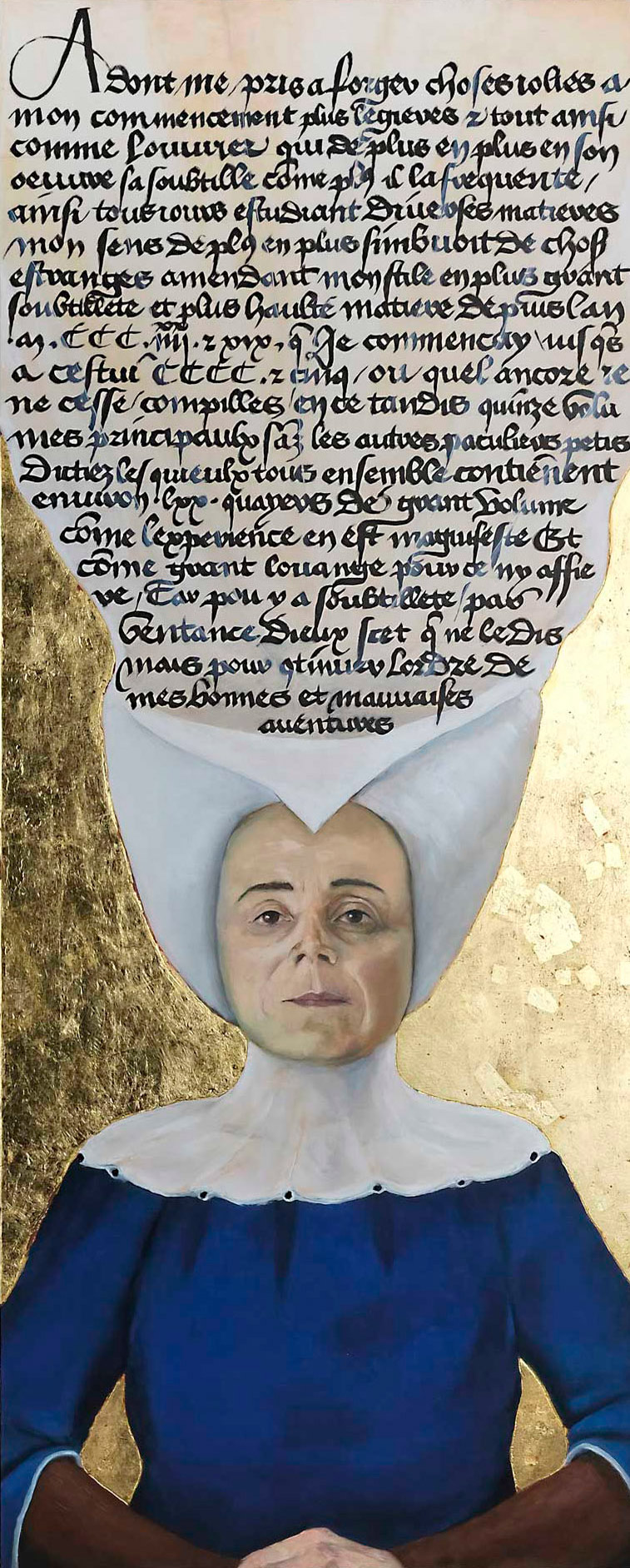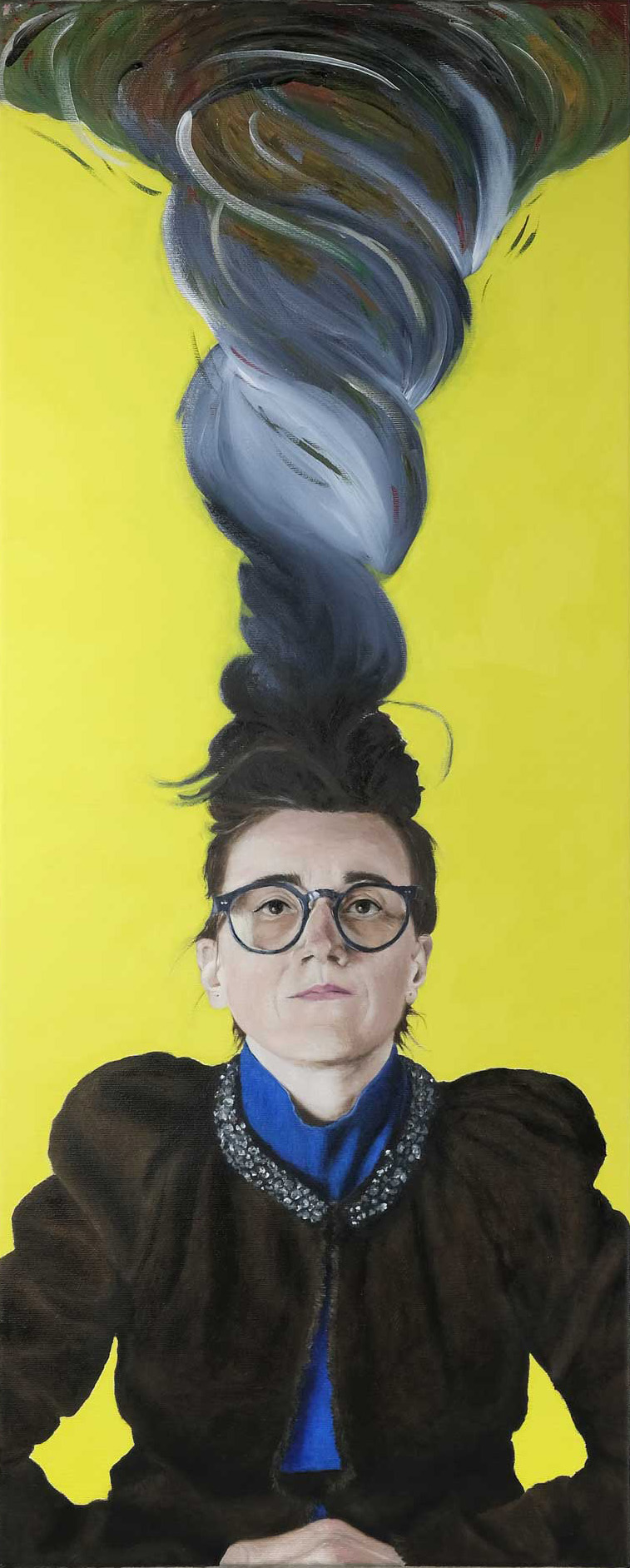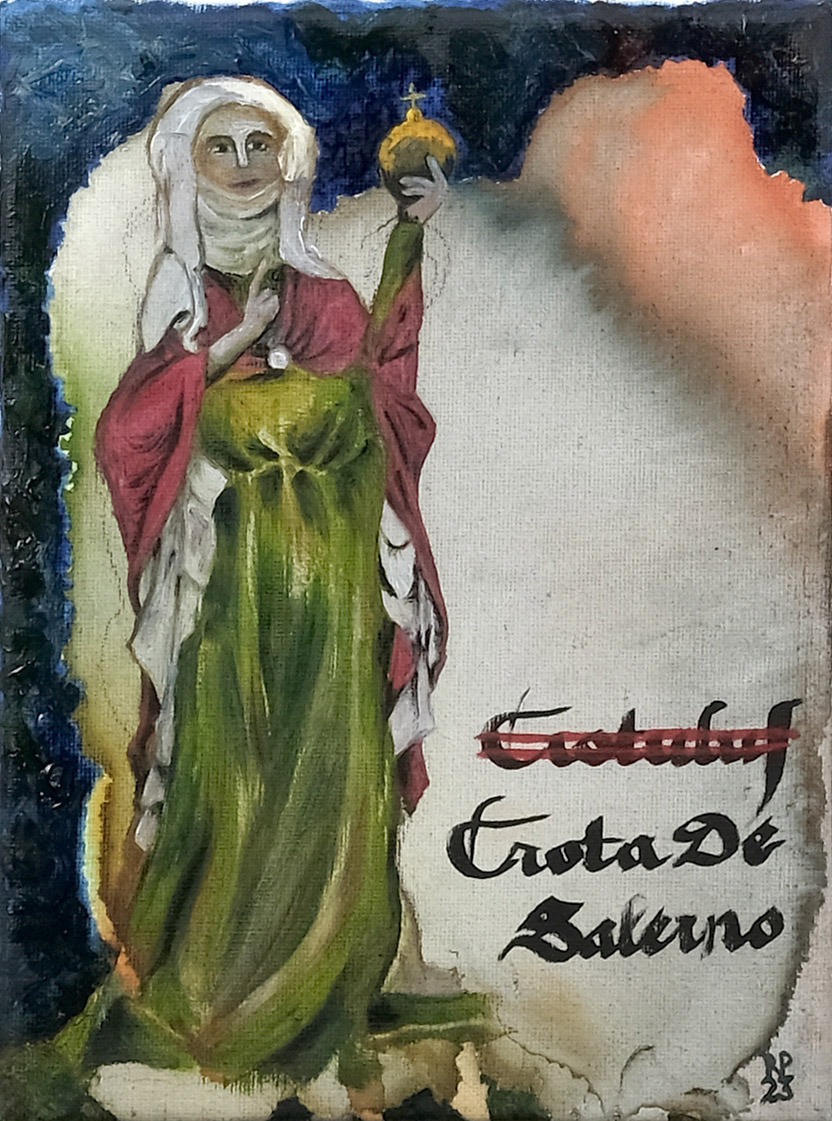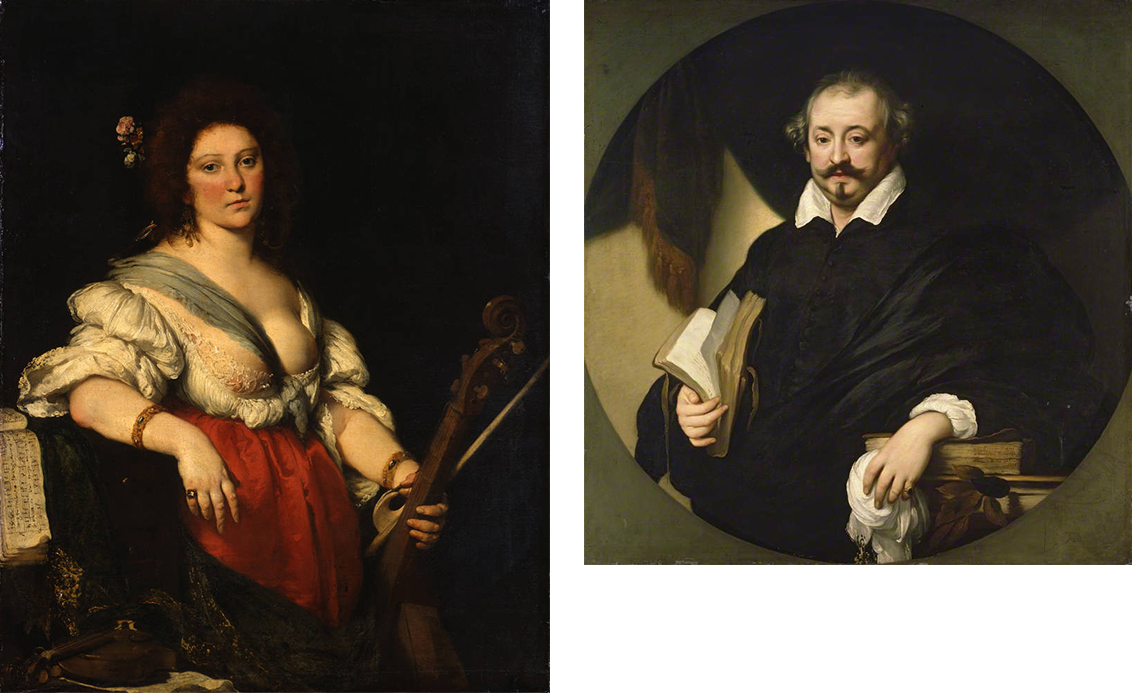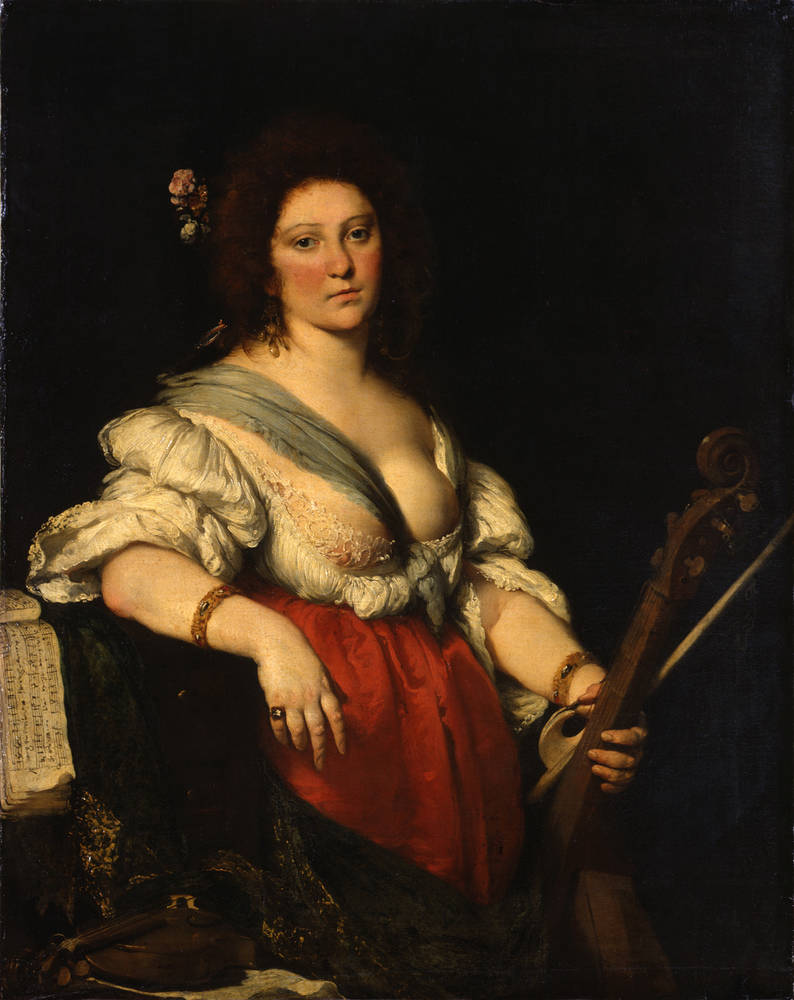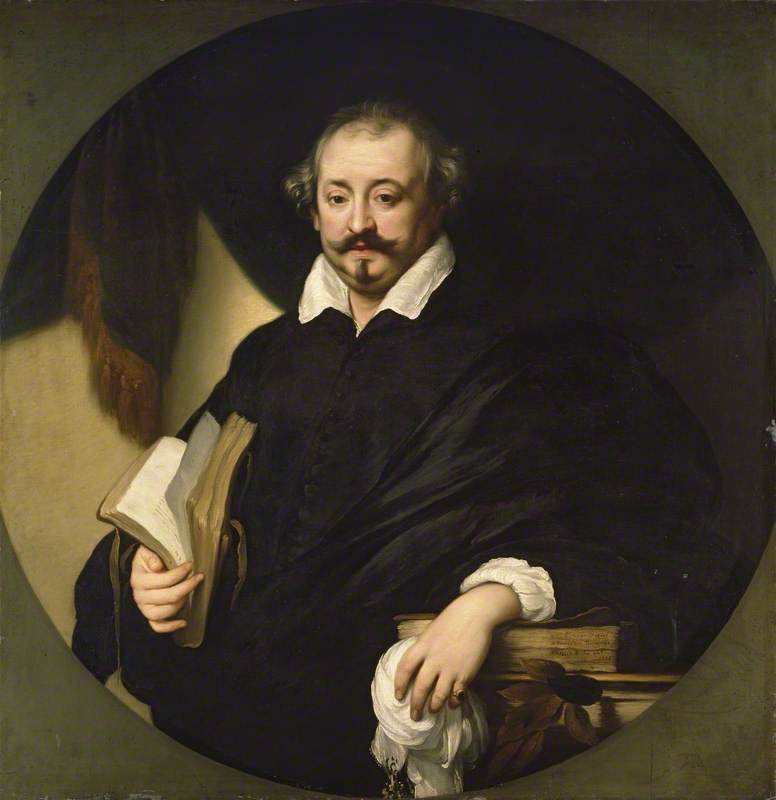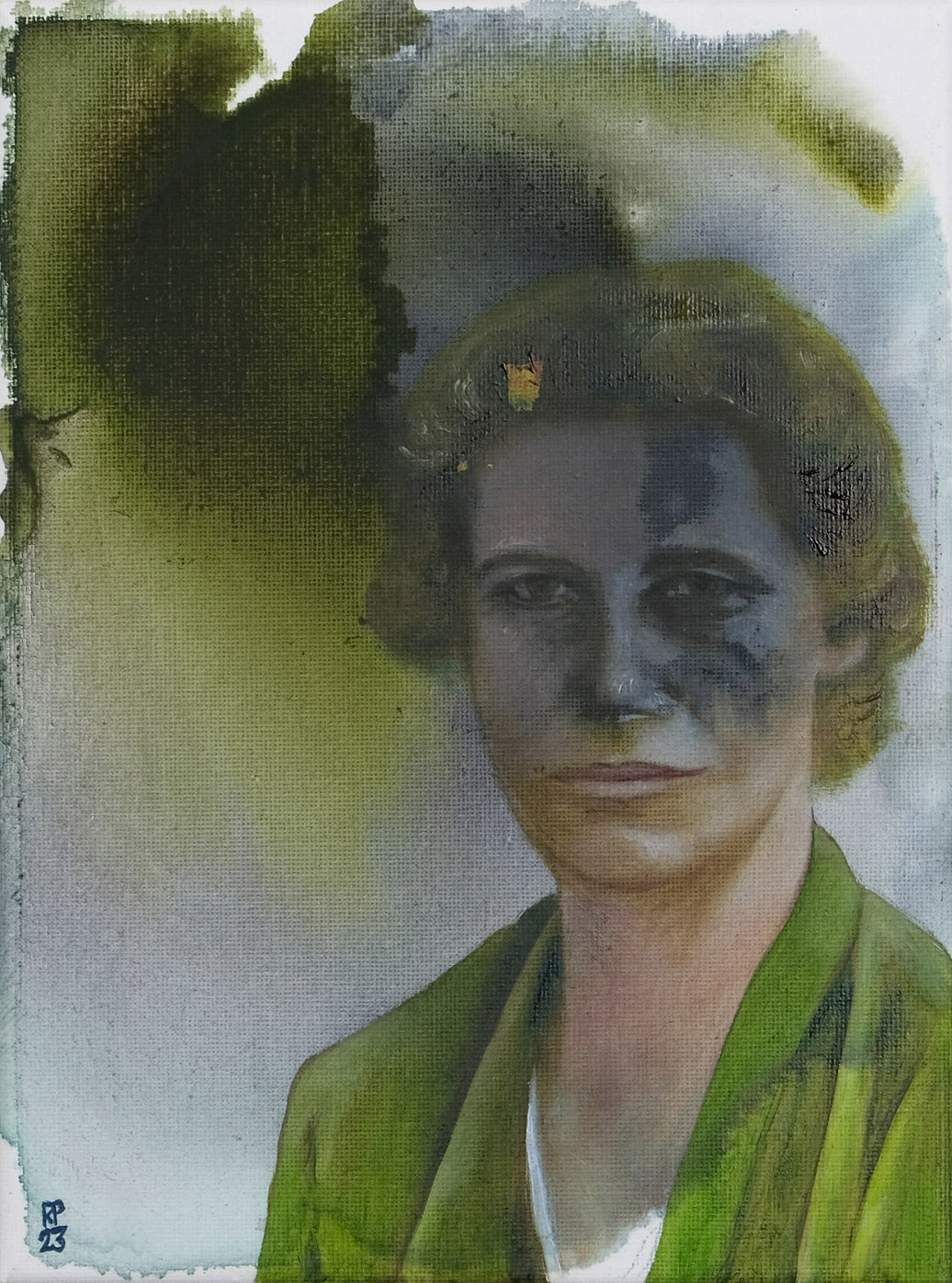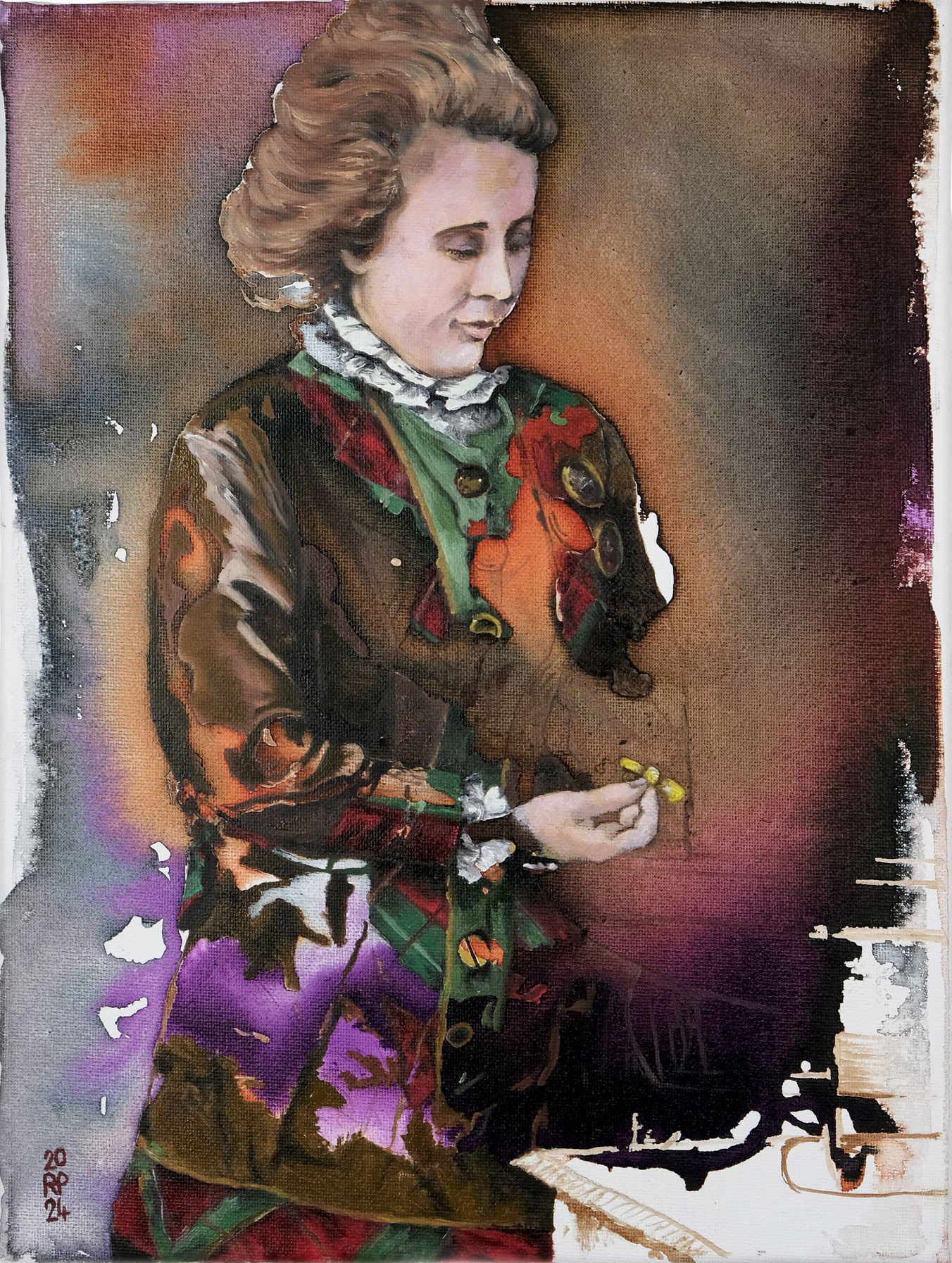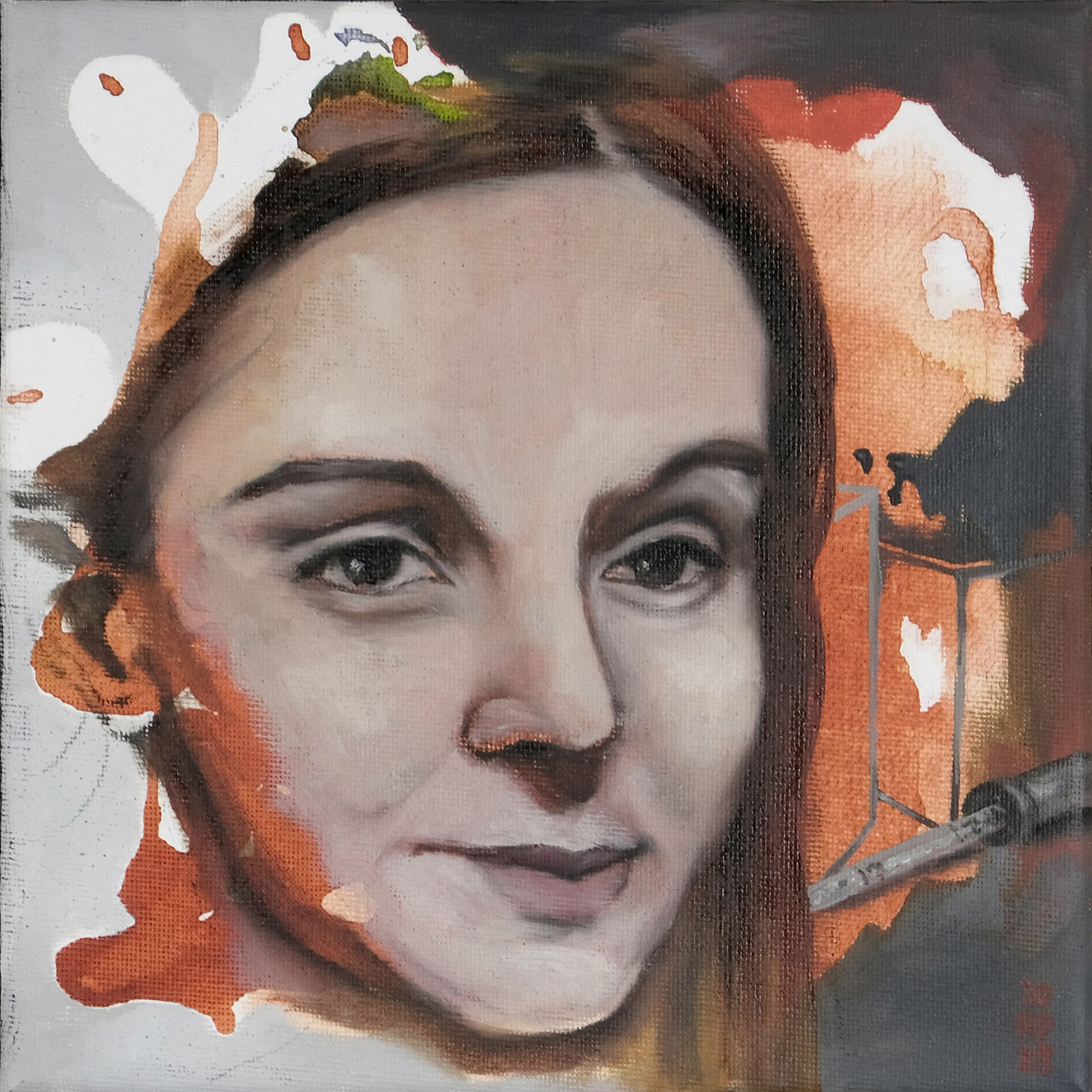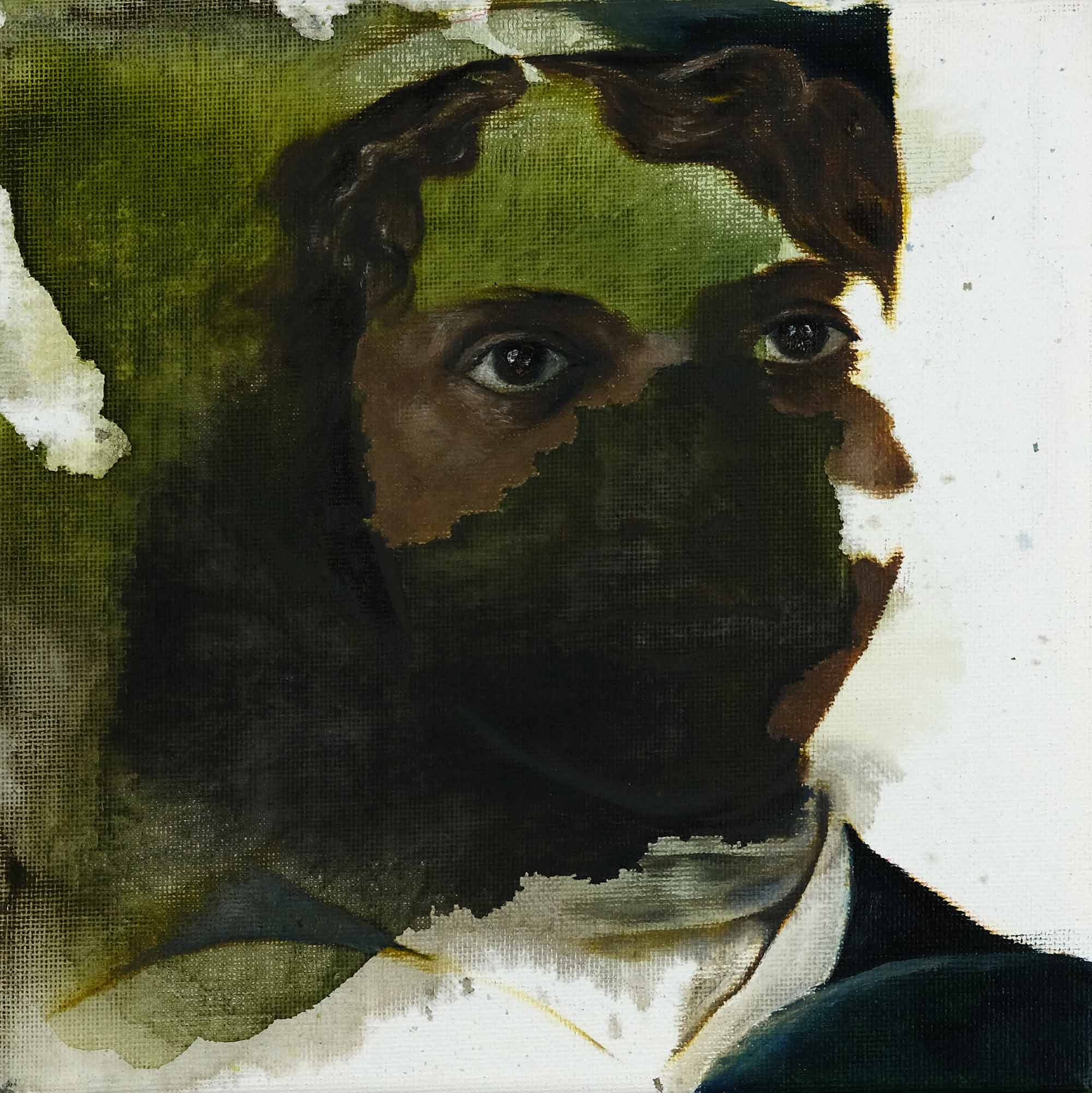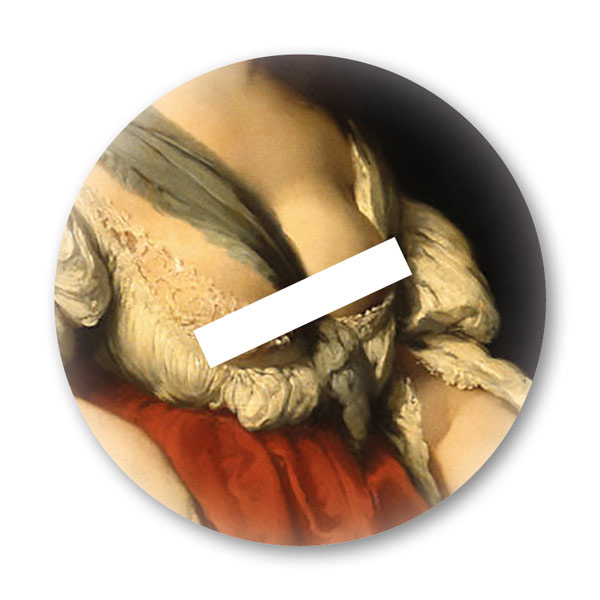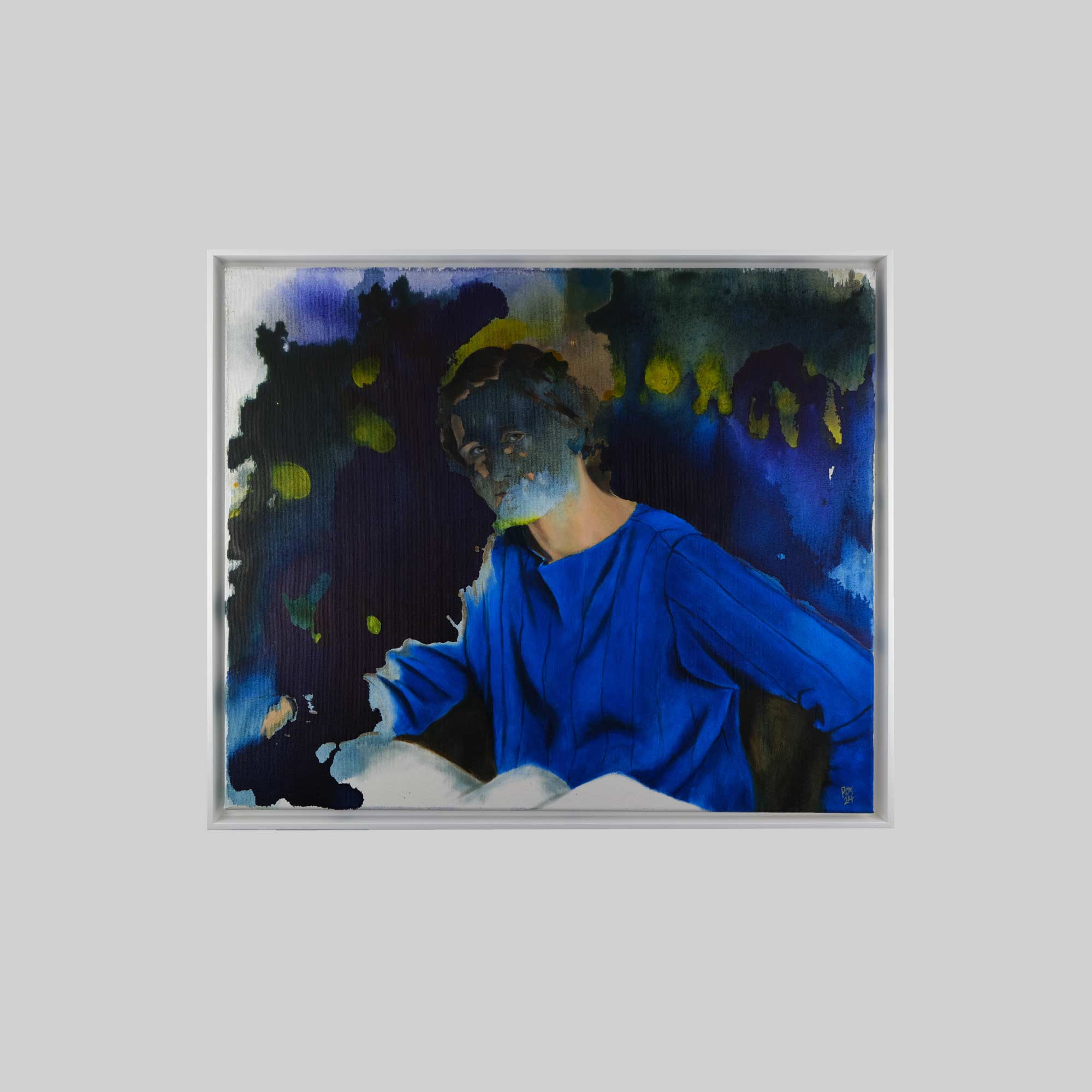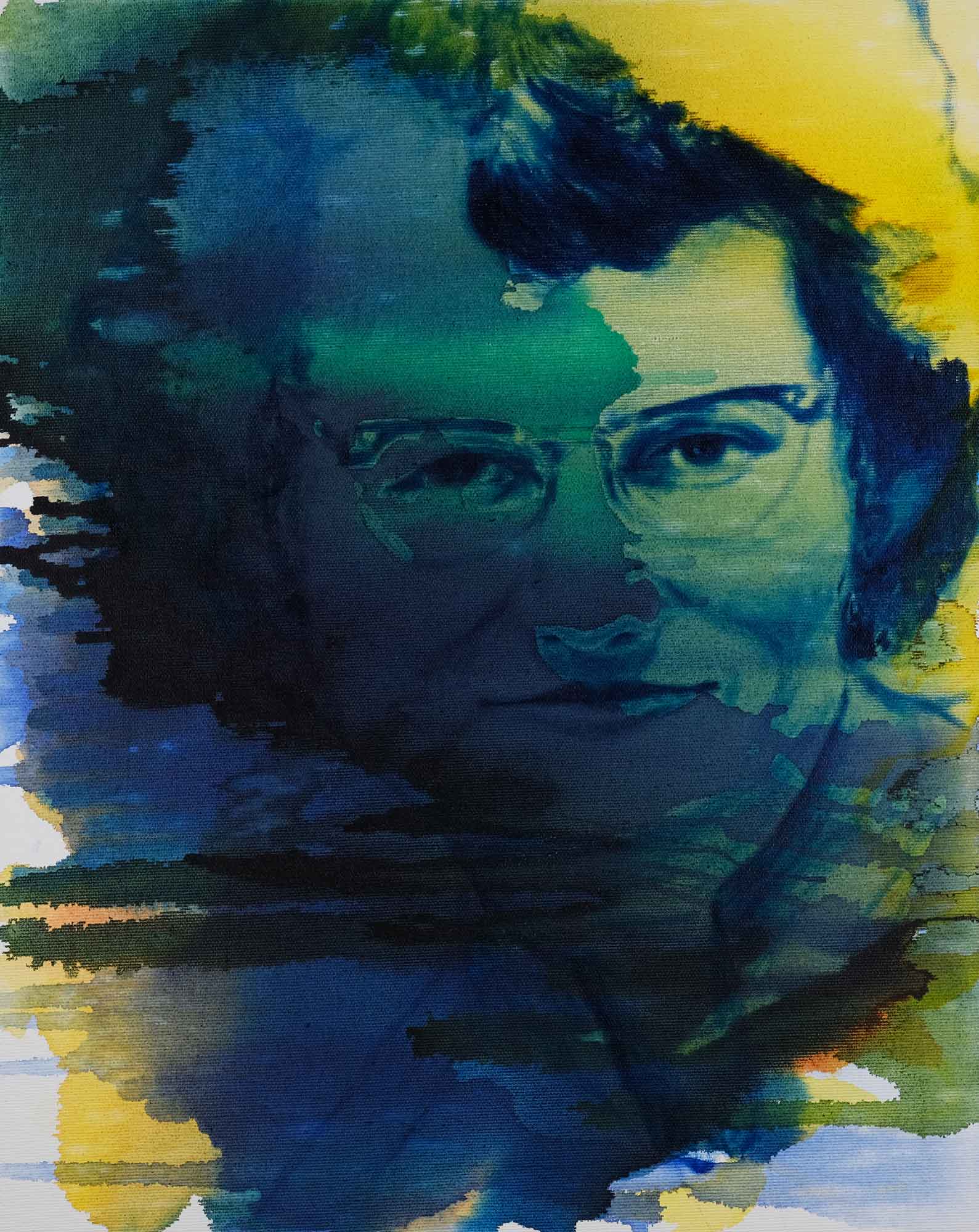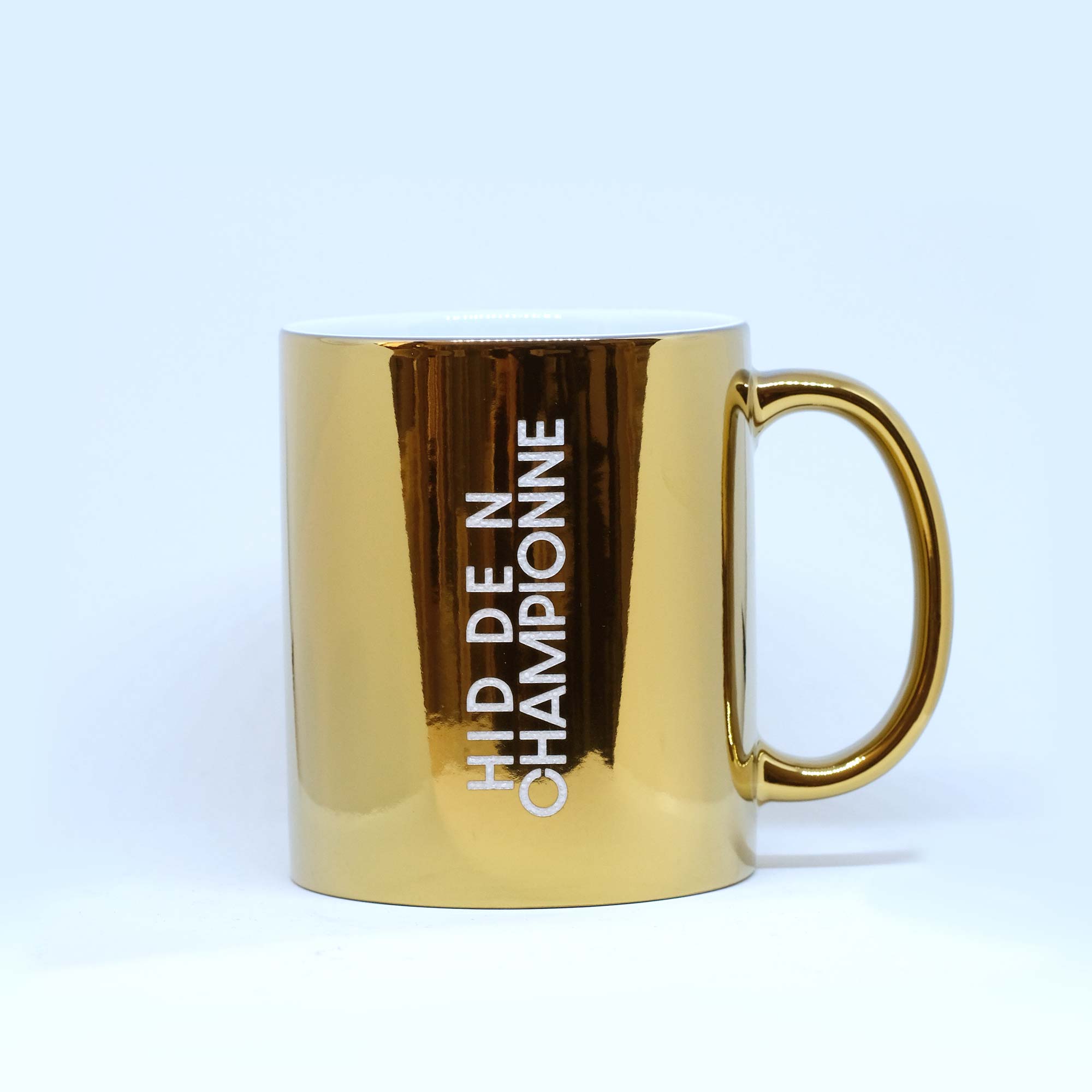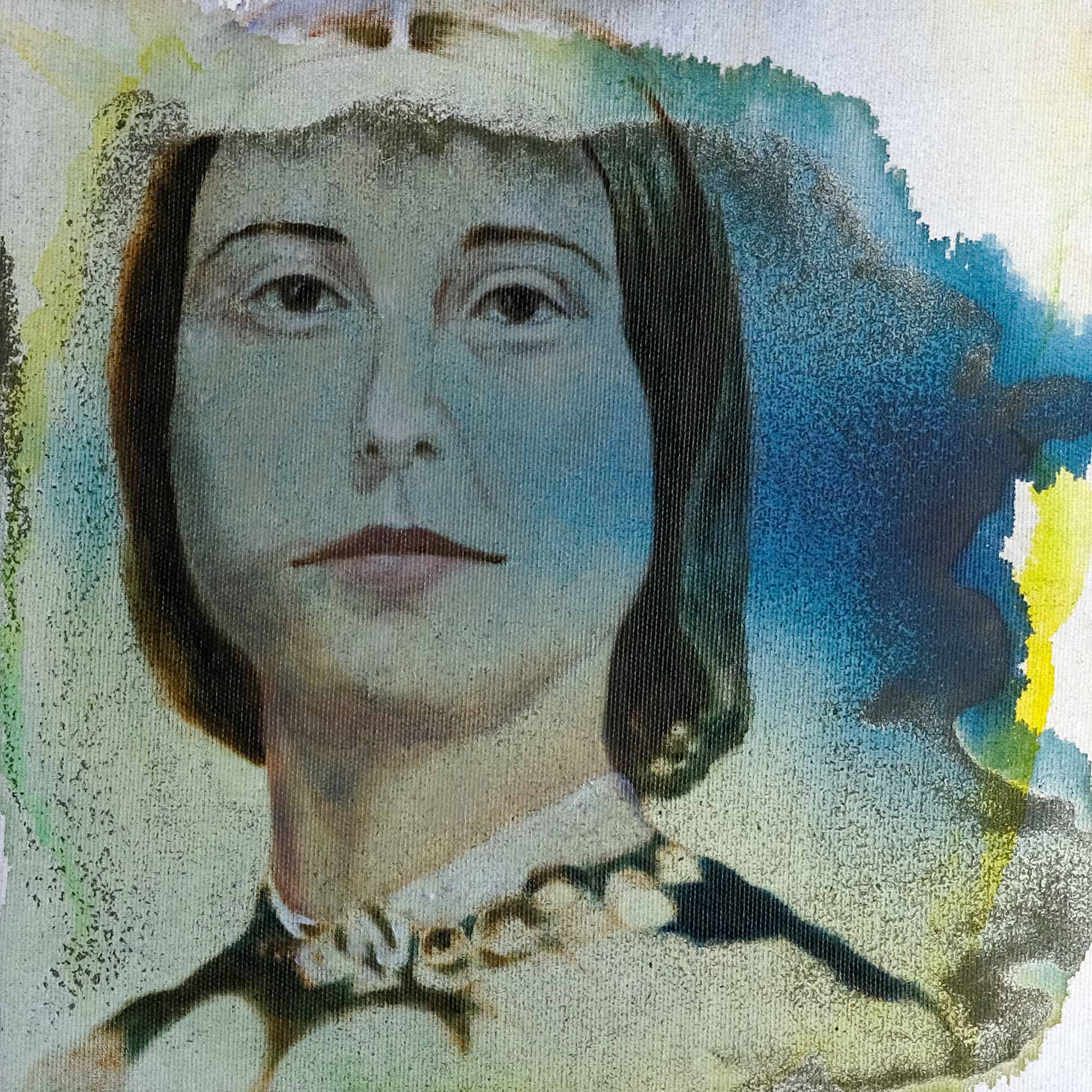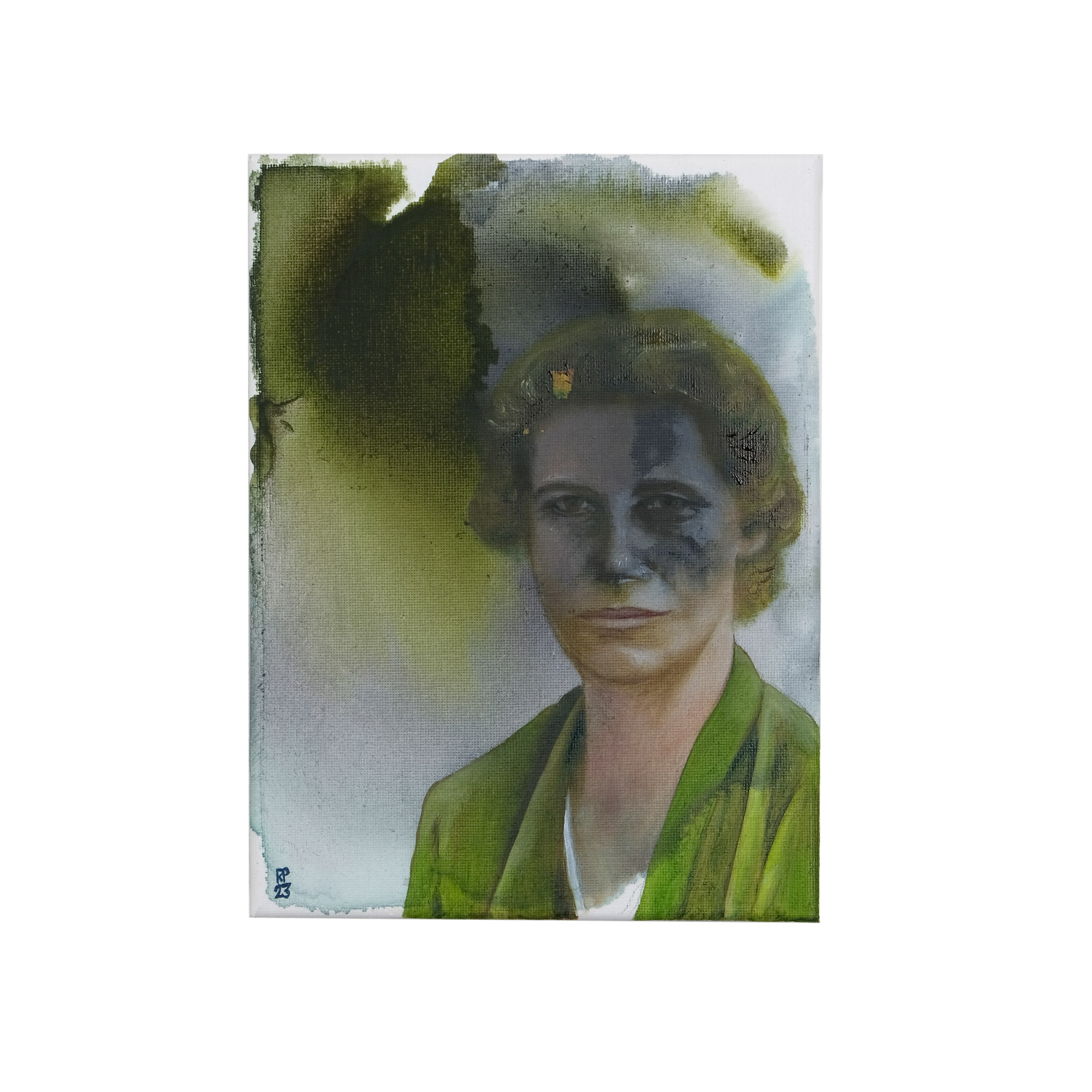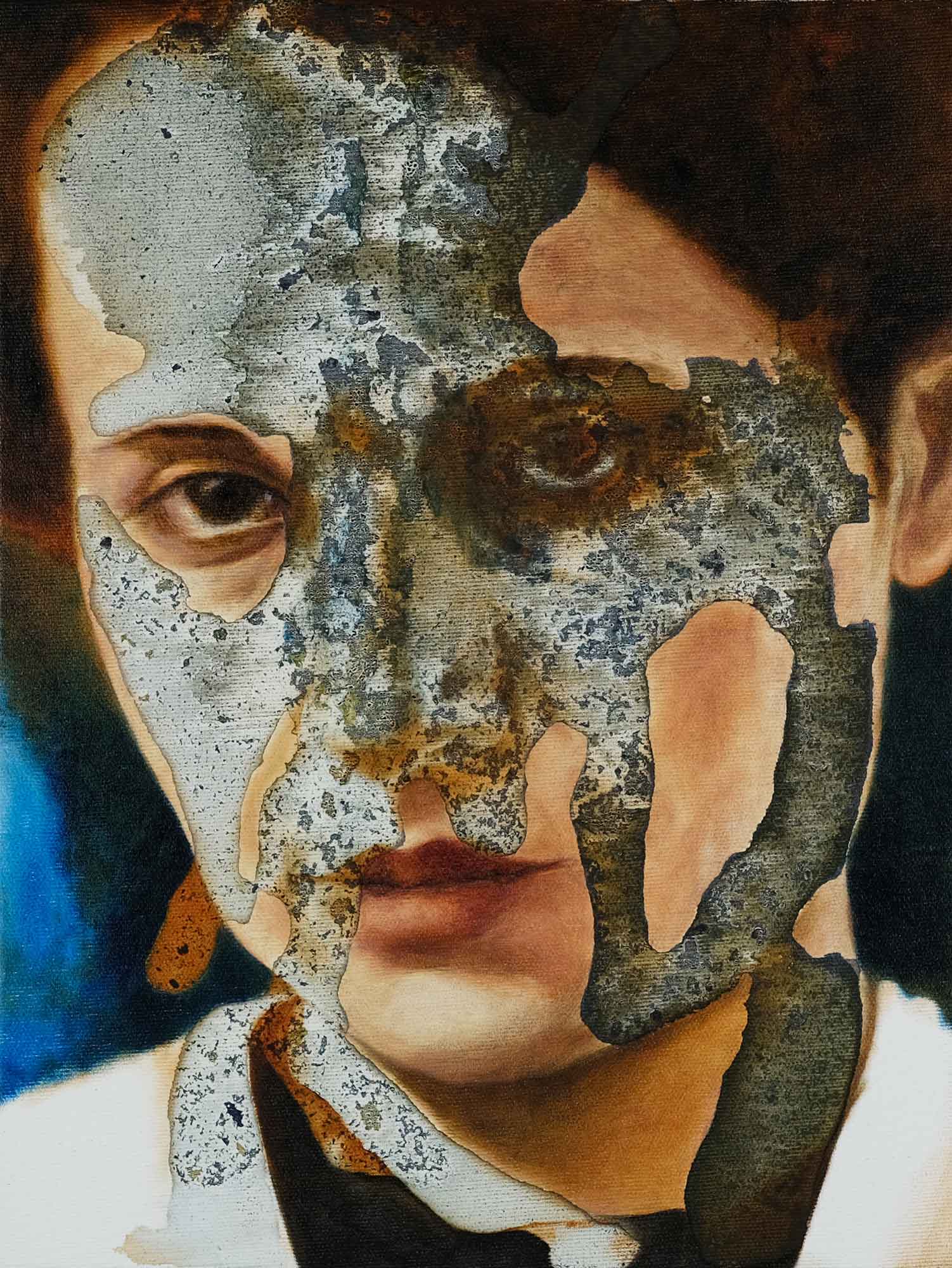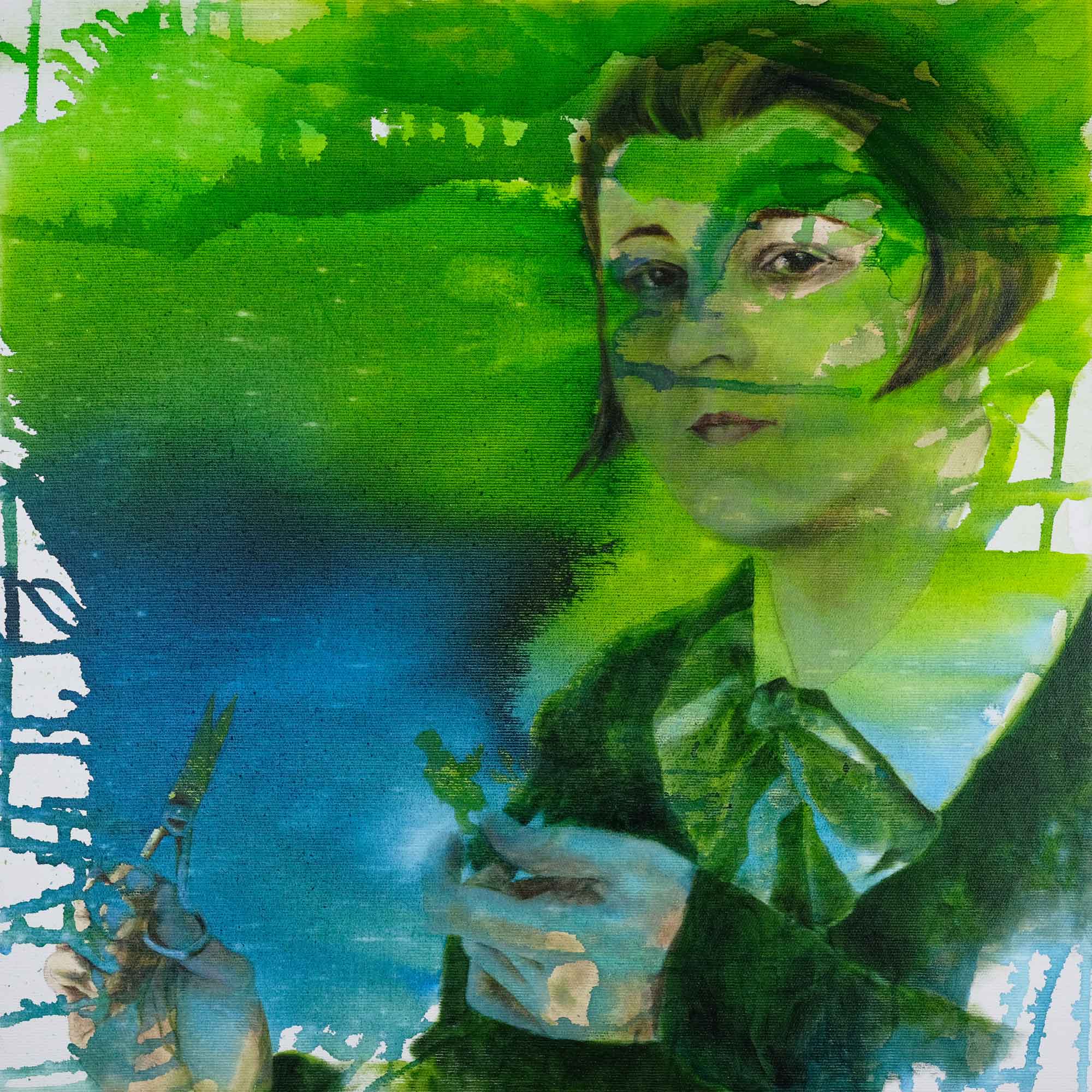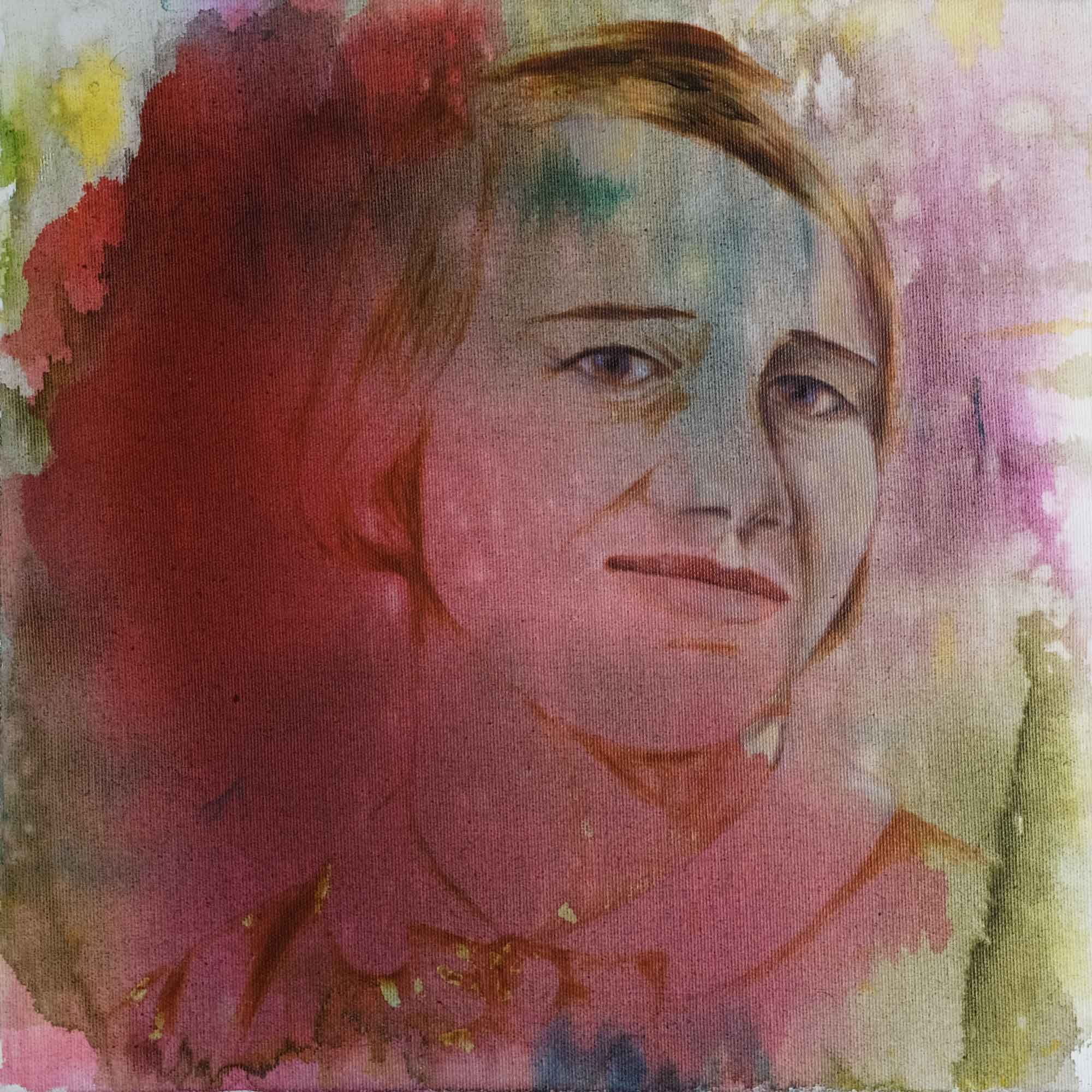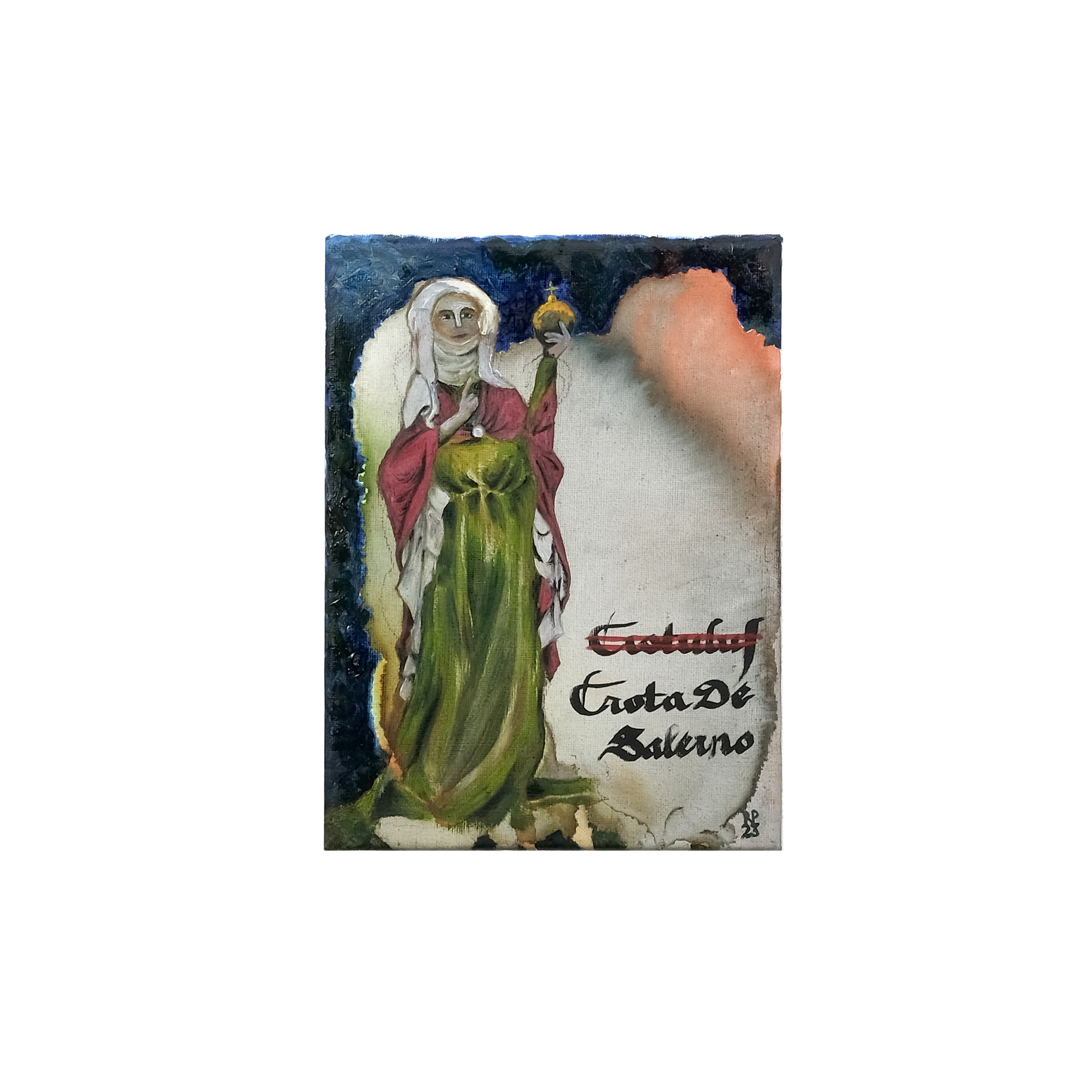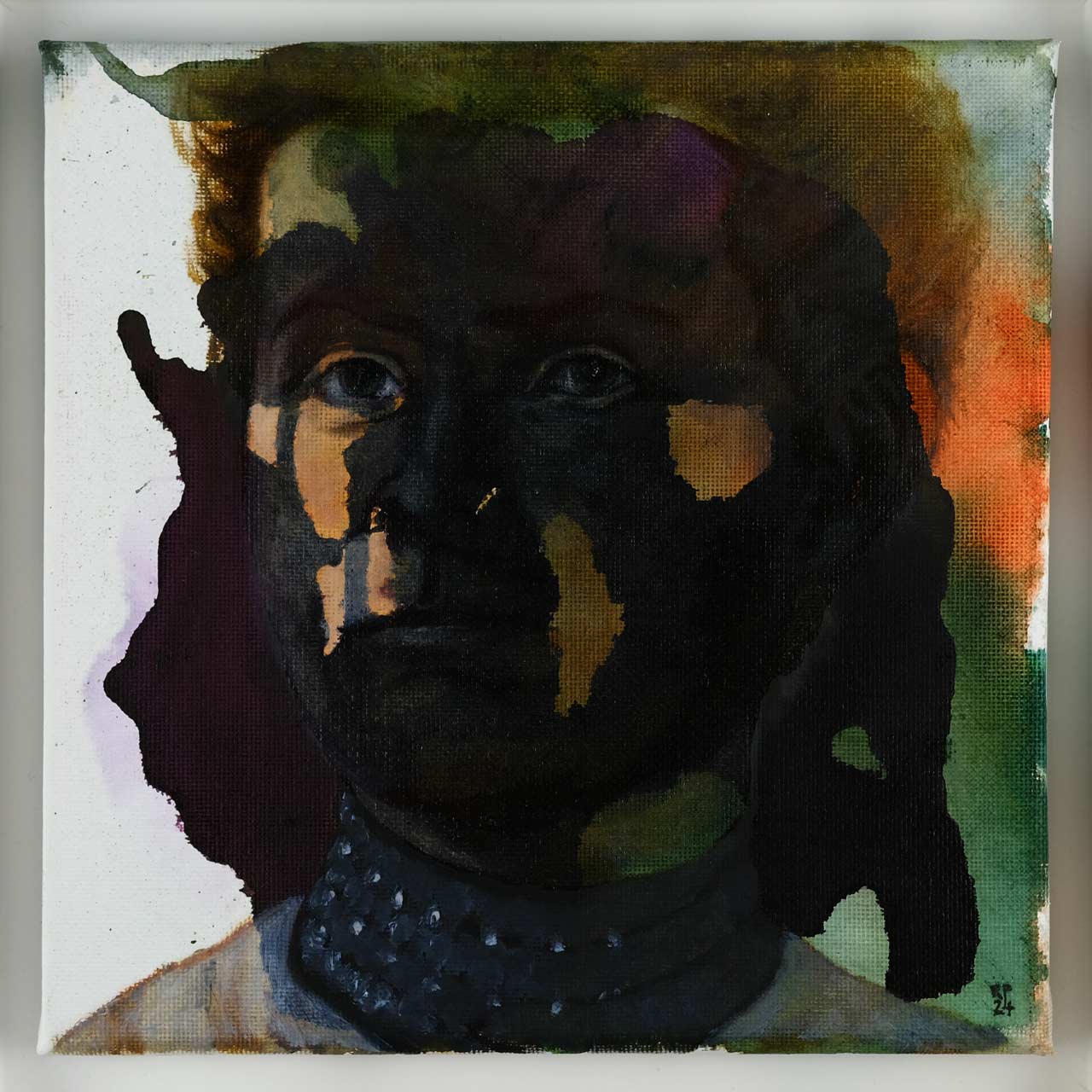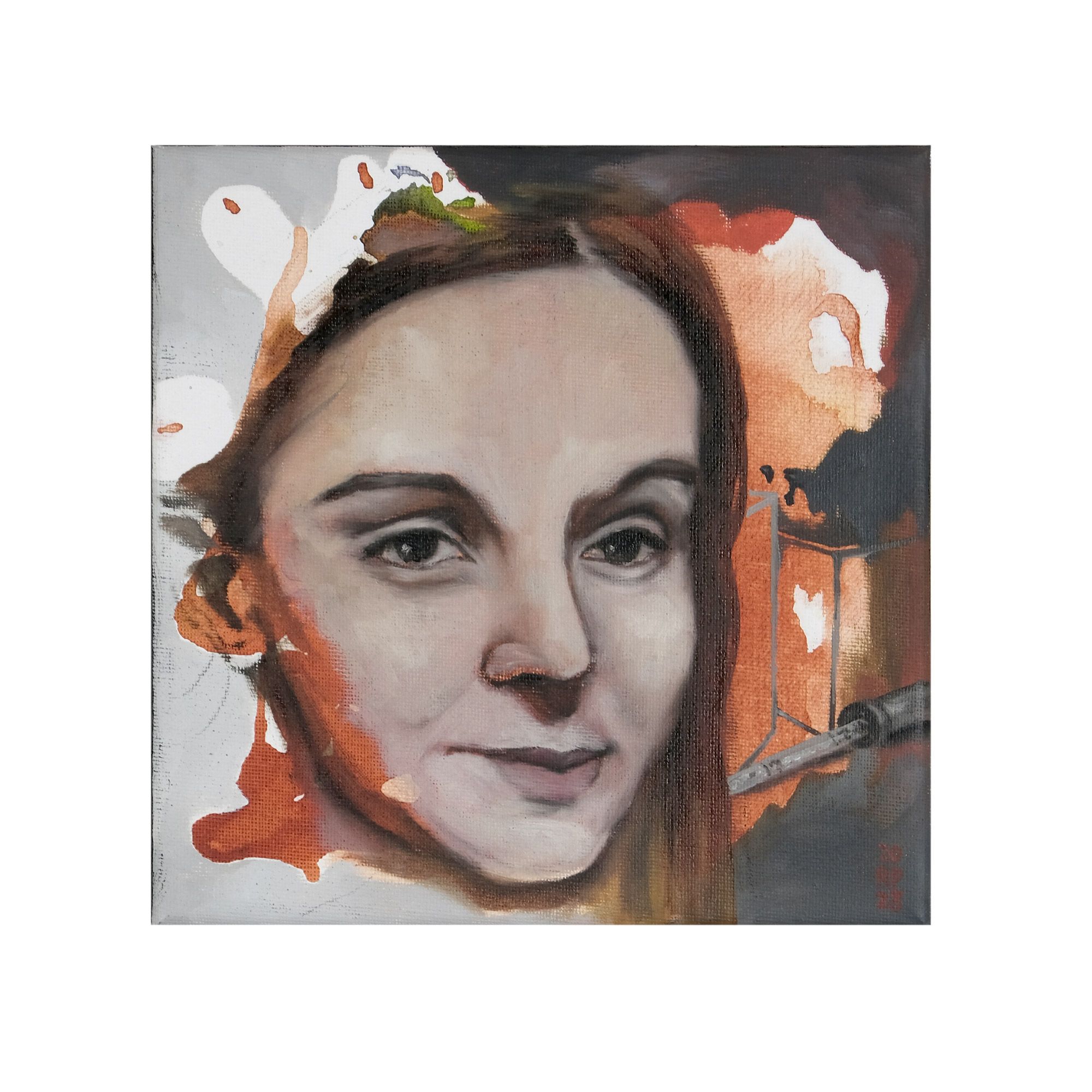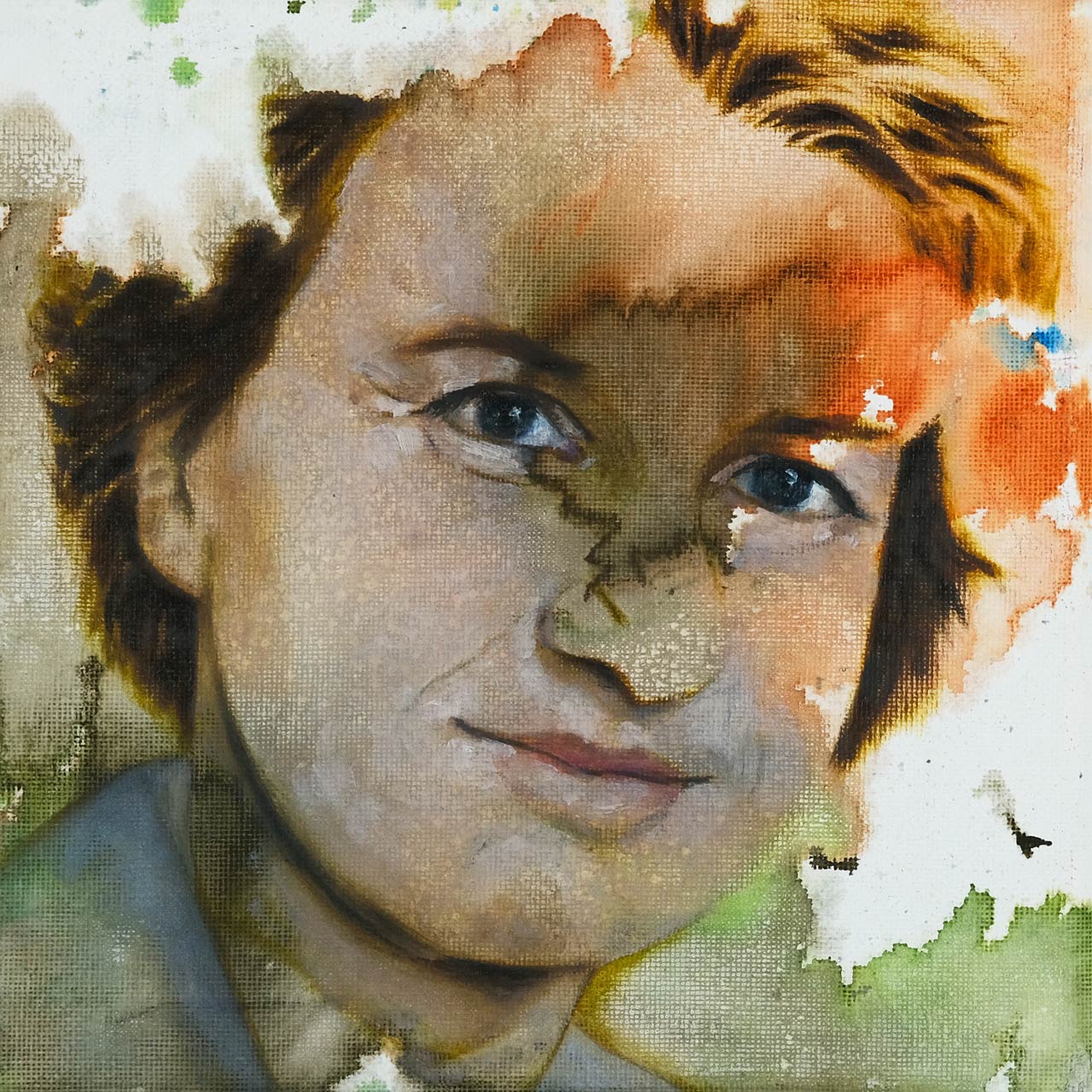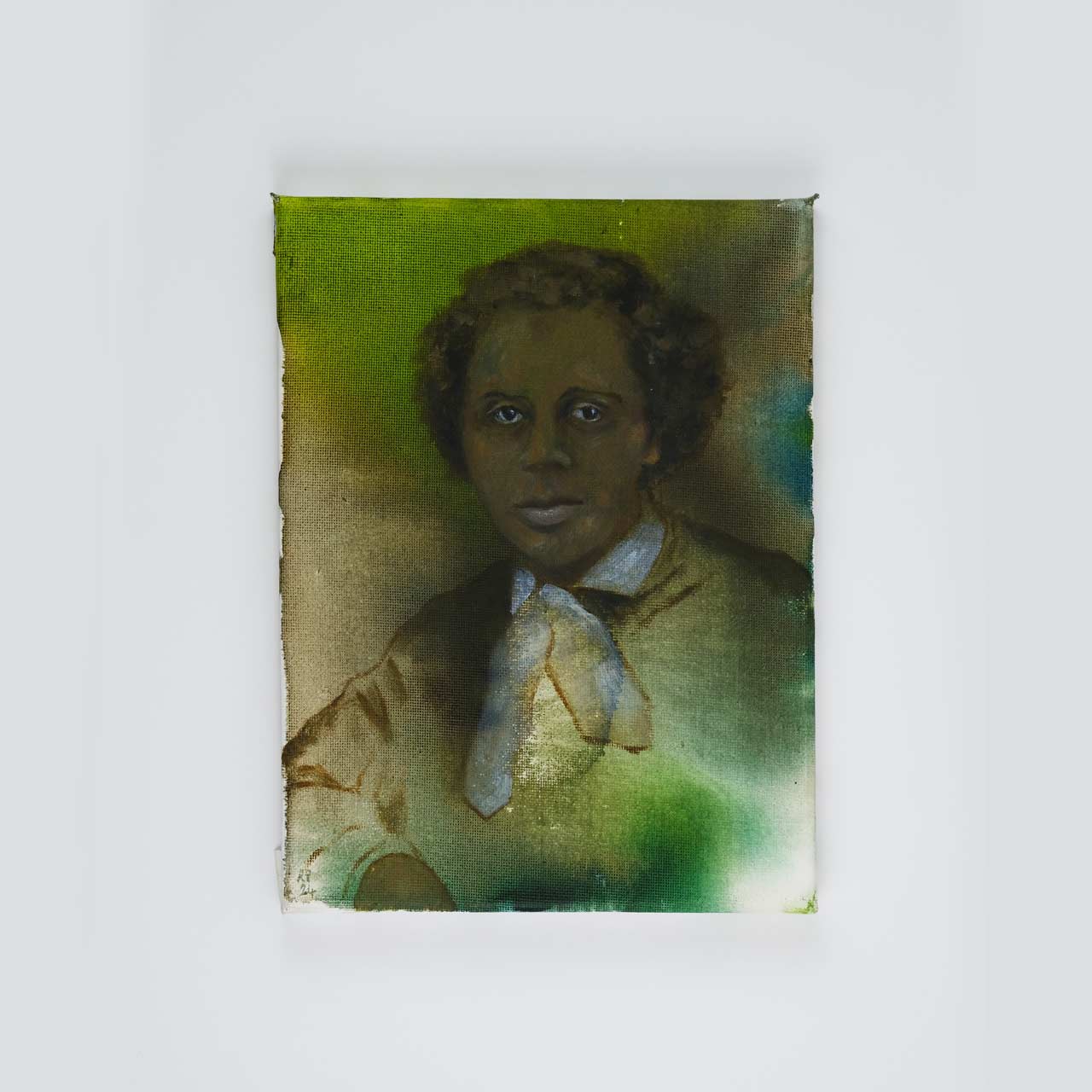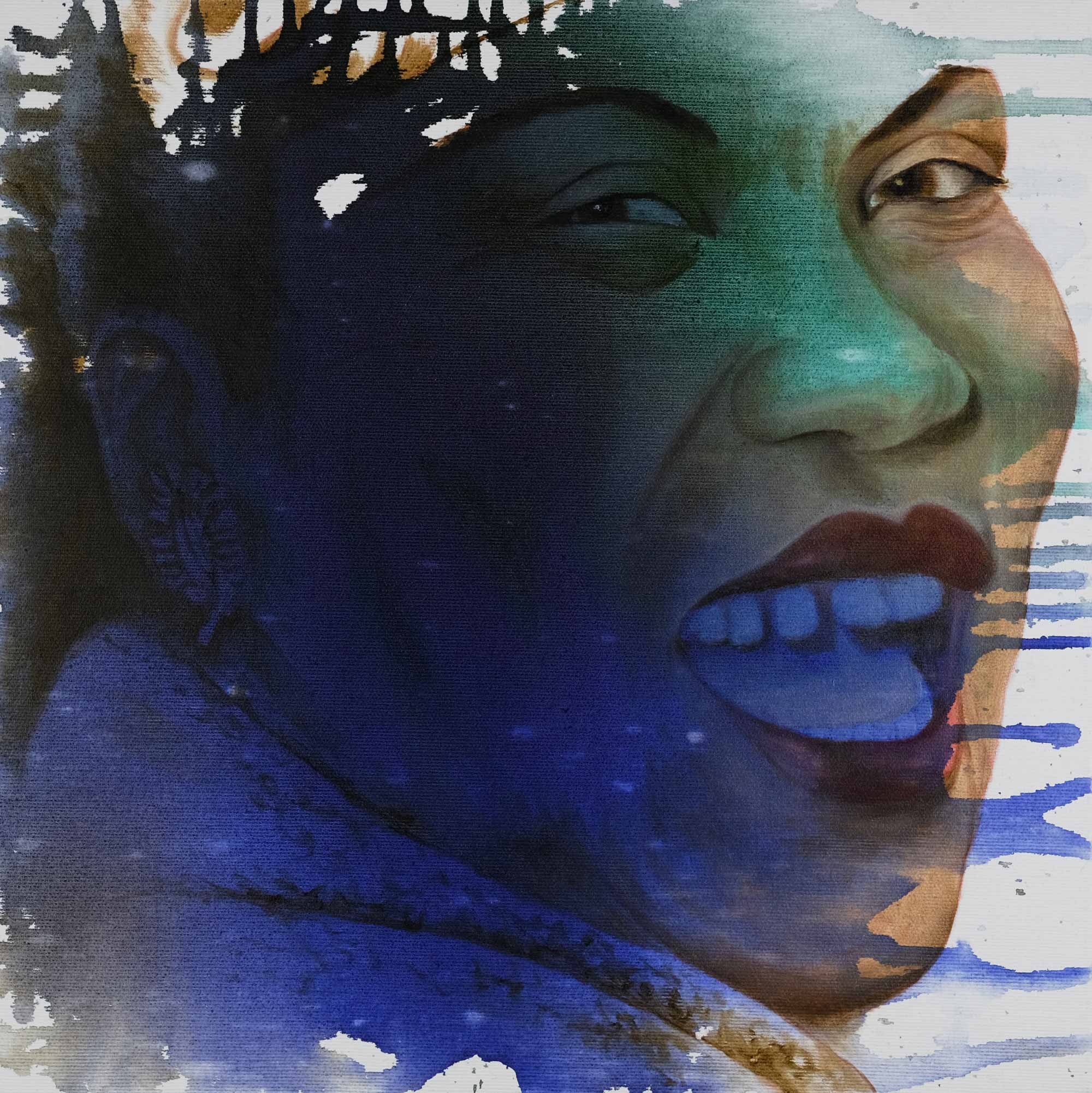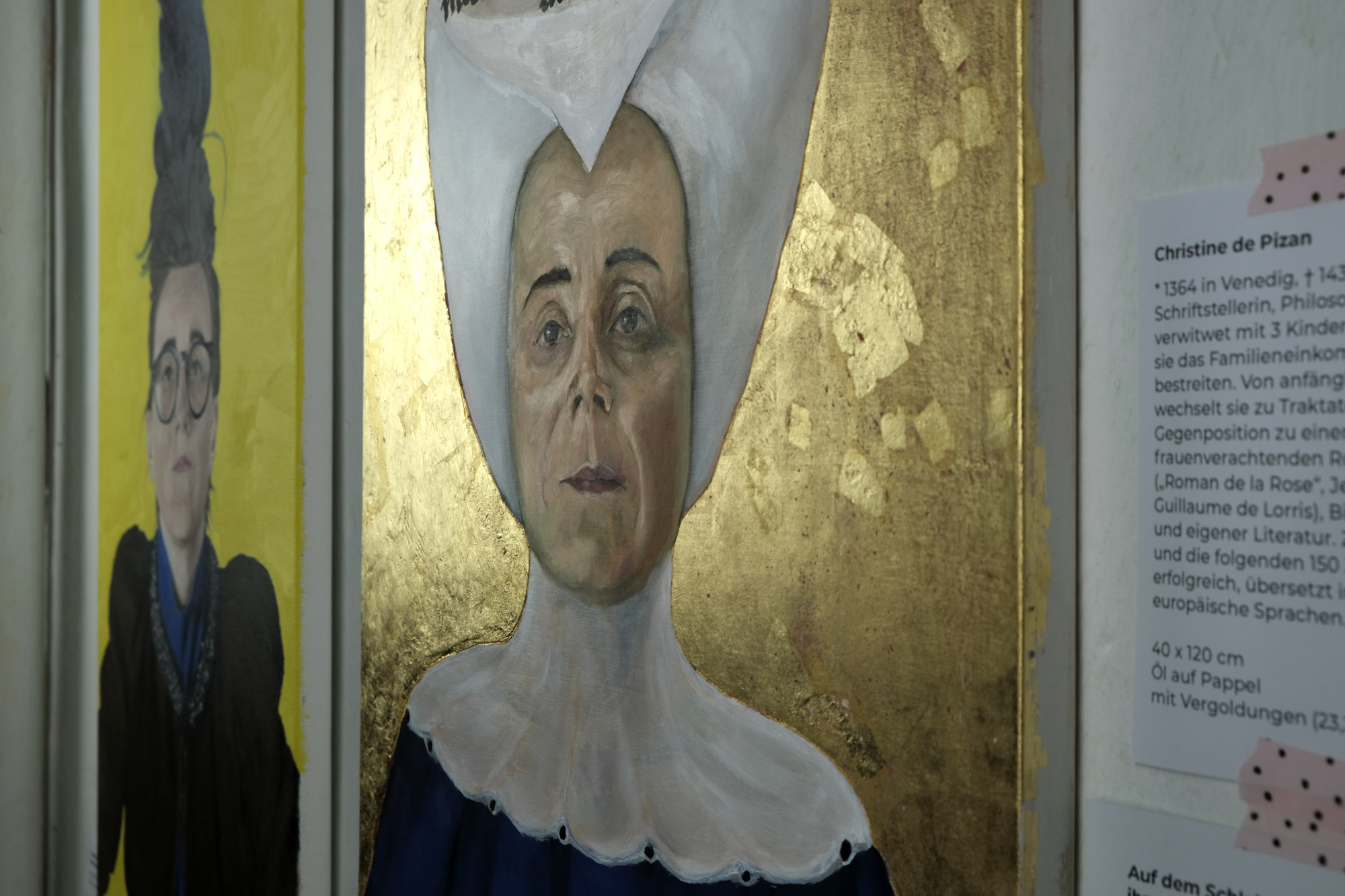
Hidden Championnes
Portraits for women who have not been portrayed
An ongoing series of portraits of women to celebrate their achievements and raise their profile.
In the case of the composer Barbara Strozzi, I discovered that the only portrait of her that has survived (or was ever painted) depicts her with her breasts hanging out. I was appalled.
– Roxana Panetta
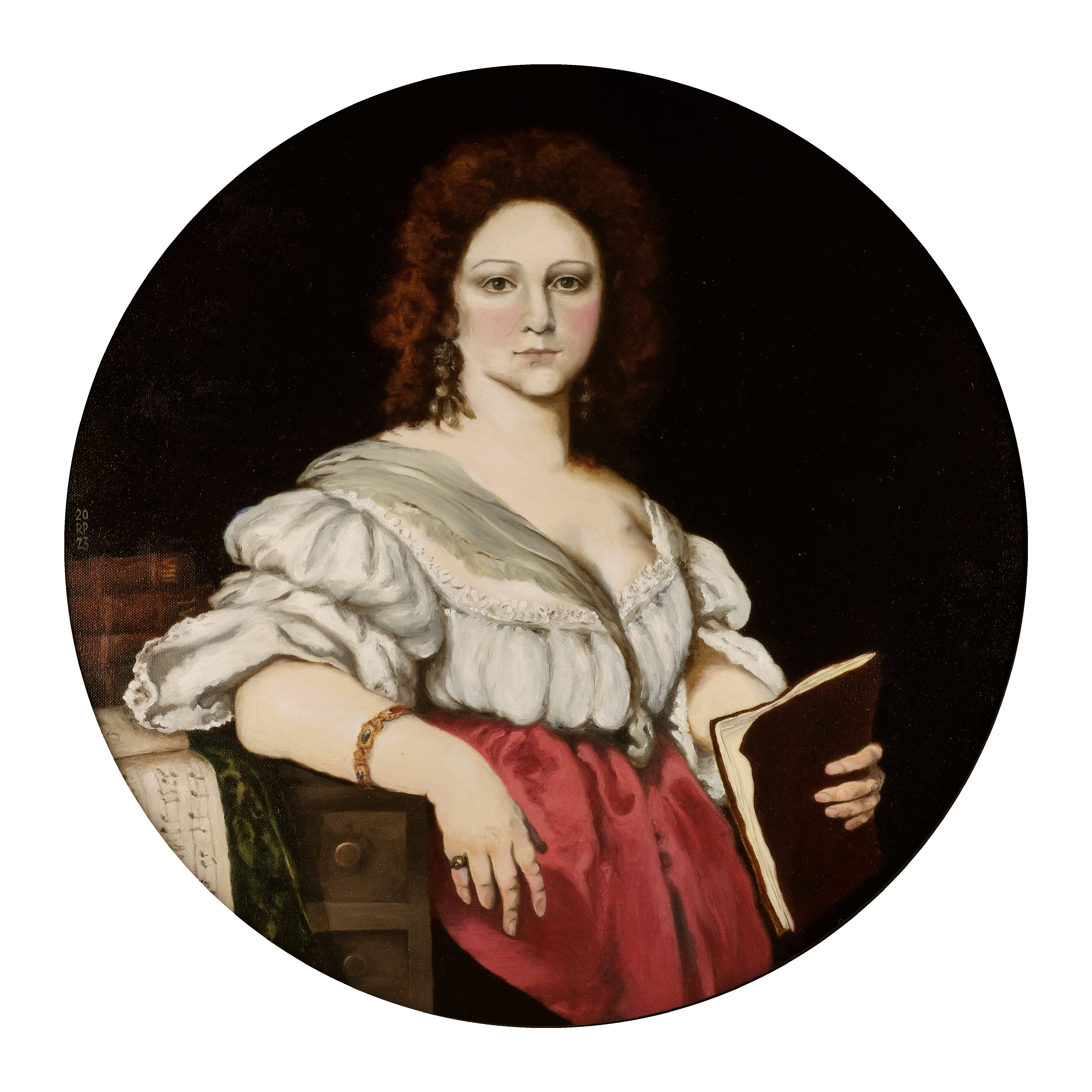
Over the centuries, there have been repeated attempts to bring special women back into the collective memory. This is another reason why we still know women today whose work would otherwise have been forgotten. And who knows how many women have nevertheless suffered this fate?
With this series of portraits, Roxana Panetta wants to show the women as they would have been portrayed during their lifetime. The further back in history, the more the imagination takes over to create the portrait. In these "old" portraits, the artist draws on the artistic styles of the time in which the woman was active. At first glance, it should be clear that this is a historical person.
For women who worked in the 20th century, a second stylistic line has emerged in parallel, in which ink strongly influences and sometimes restricts the visibility of the portrait - just as the veil of oblivion covers these women.
Trota de Salerno
Trota de Salerno (~1090-1160) was a physician in the south of Italy, in Salerno, where medical knowledge was taught and practiced intensively at the time. Trota de Salerno summarized the knowledge about the female body and the treatment of female ailments in a collection of writings. Over the centuries, the standard work on gynecology, the "Trotula", was compiled with the addition of other parts not written by her. In the meantime, she was "declared" as a man ("Trotulus") in a copy and later as a midwife (instead of a doctor) by a historian of the 19th century.
Neither man nor midwife (2023)
18 x 24 cm
Oil and ink on canvas
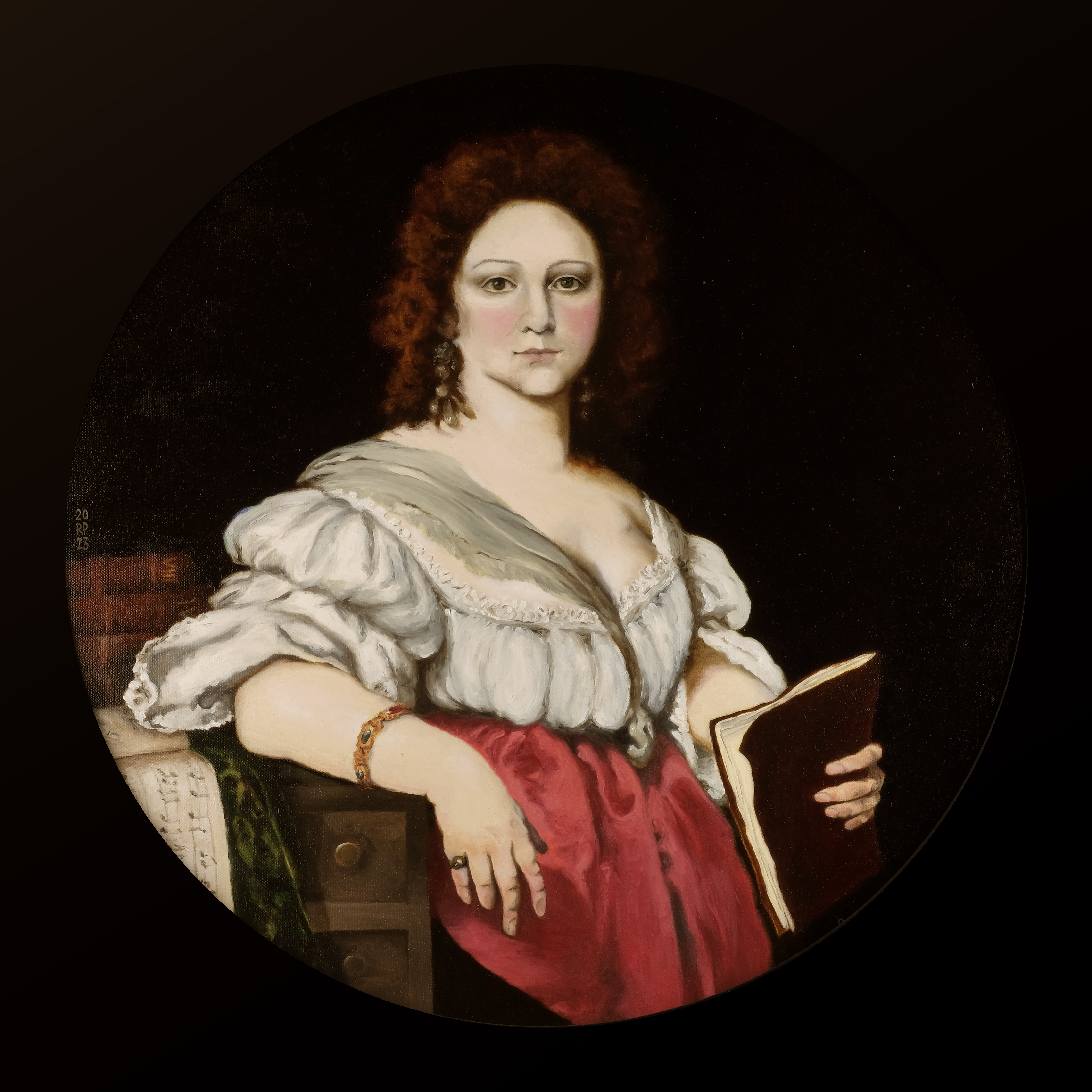
Barbara Strozzi
Barbara Strozzi (1619-1677) was a Venetian composer. Her oeuvre comprises 8 volumes, over 125 individual works of vocal music with up to 5 voices. She wrote the largest number of cantatas composed by one person in the 17th century - and are still popularly sung today. She composed for 20 years (1644-1664). Never married, 3 children, very talented in business - this is how her life is portrayed in recent research.
La Strozzi, corrected (2023)
70 x 70 cm
Oil on canvas, with frame
(Work is not yet for sale. If you are interested in being put on the list of interested parties, simply send an email)
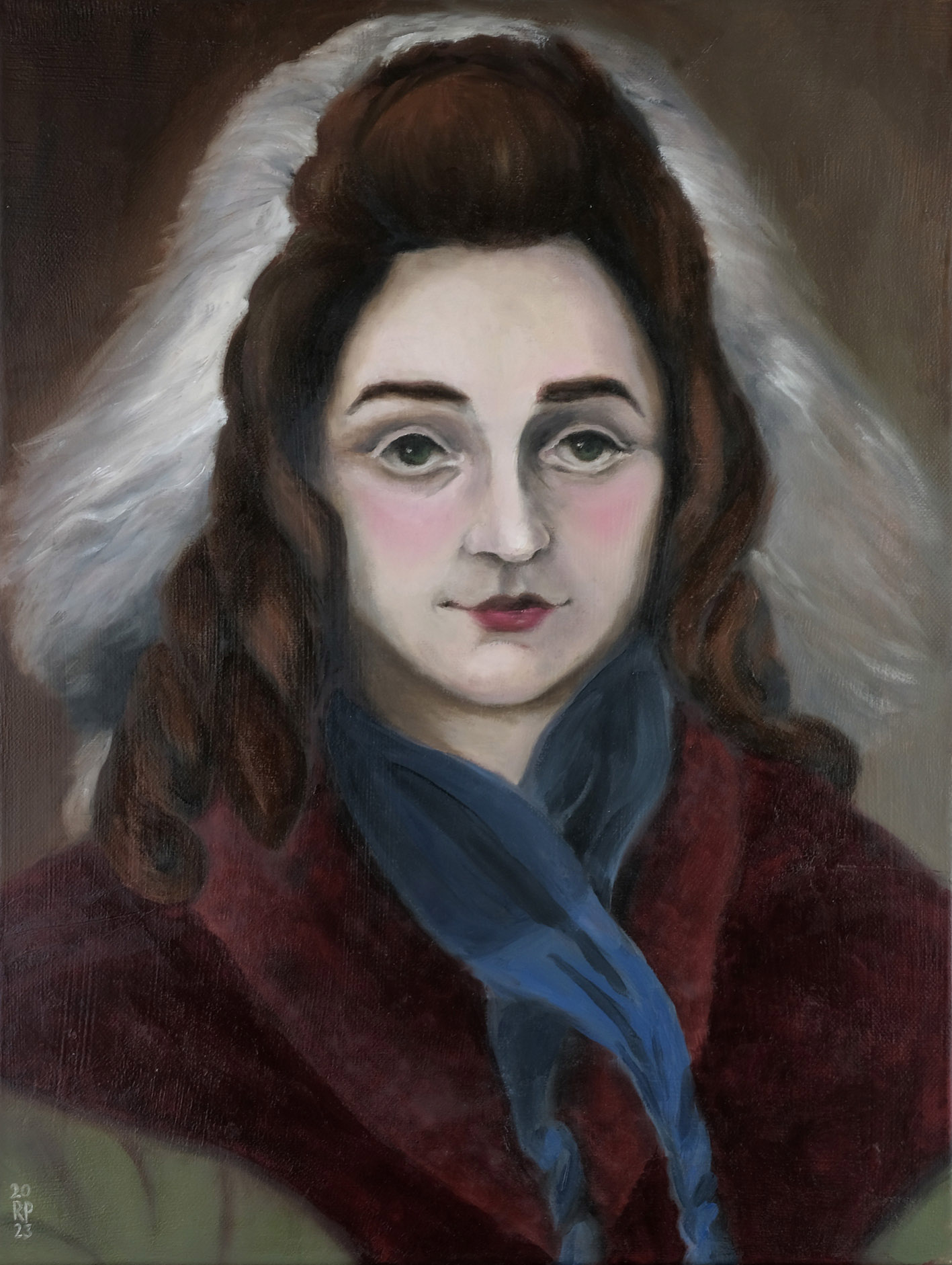
Flora Tristan
Flora Tristan (1803-1844) was a Peruvian-French activist, socialist and author. She traveled through Europe and criticized the conditions in factories and the poor working conditions for workers.
On the 2nd edition of her work "The Workers' Union" (1843) are the words:
"Ouvriers, unissez vous - l'UNION fait la force."
Workers, unite. UNION is power.
In 1848, Karl Marx published "The Communist Manifesto" with the same publisher. Tristan and Marx were known to each other through this publisher. His motto "Proletarians of all countries unite" is so close to Tristan's saying that it is surprising that we do not (or no longer) know her as the mother of the workers' movements today.
Flora before Karl (2023)
30 x 40 cm
Oil on canvas
(Work is not yet for sale. If you are interested in being put on the list of interested parties, simply write an email)
Henrietta Vansittart-Lowe
Henrietta Vansittart (née Lowe, 1840-1883) was a British engineer. She developed her father's propeller design to patent maturity - without attending formal school or university. Her more efficient propeller model won numerous prizes and helped shipowners to save costs.
There is only one portrait of Henrietta Vansittart-Lowe that is proven to actually depict her: In a newspaper article about her invention, she is pictured next to a miniature model. Of course, this portrait is in black and white. The colored depiction is a free artistic interpretation.
Propellerhead (2023)
30 x 40 cm
Oil and ink on canvas

